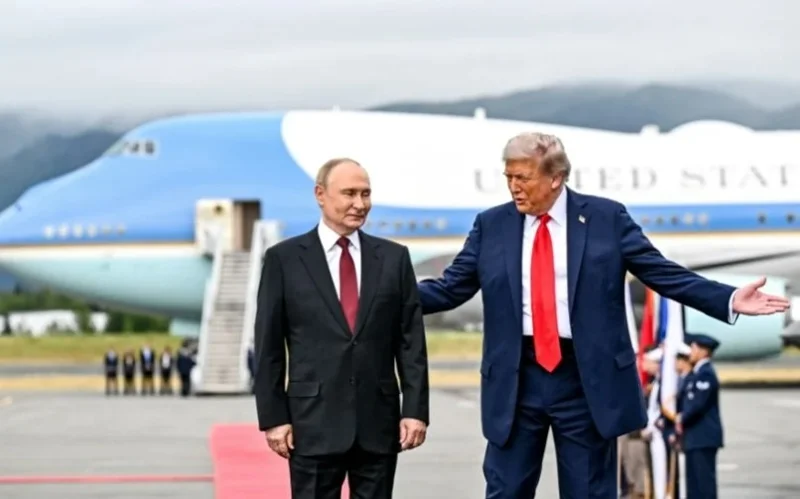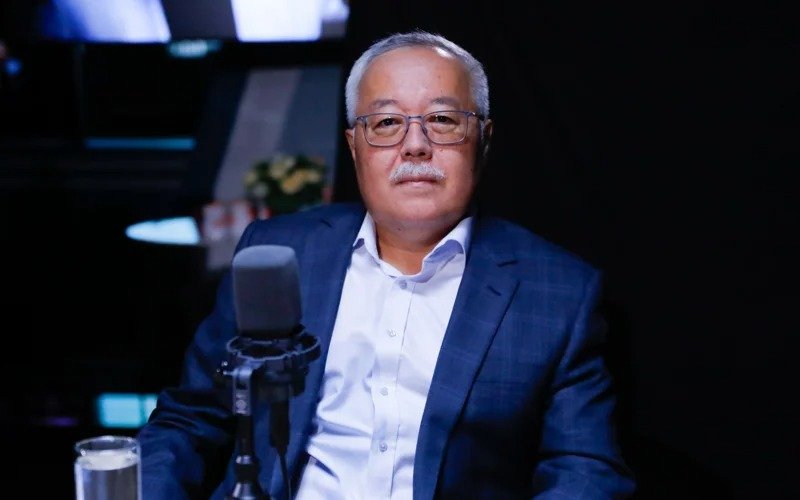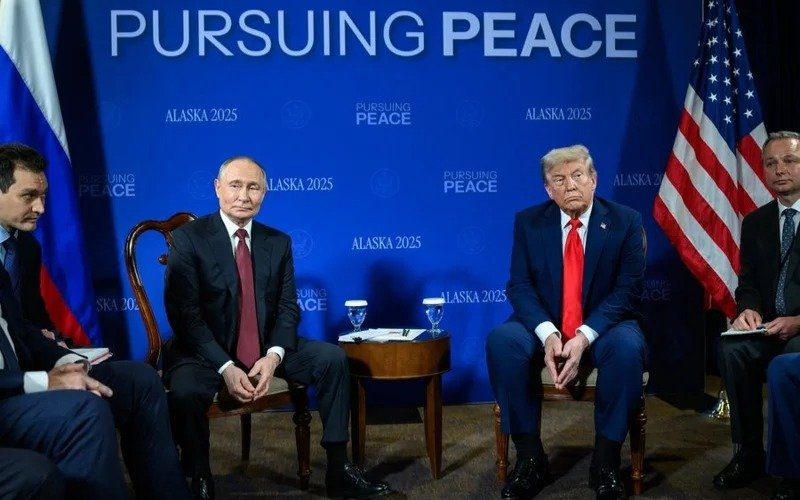What the Anchorage talks achieved, according to expert Akimbekov
Talks between US President Donald Trump and Russian President Vladimir Putin on August 15 in Alaska were already seen as significant, even without any concrete outcomes. This view was shared by Sultan Akimbekov, Director of the Institute of Asian Studies, Kazinform News Agency correspondent reports.

Still, one result did emerge. Washington no longer insists on sanctions against Russia if it fails to reach a deal on Ukraine within ten days. Trump had announced this on July 29, with the deadline set for August 8. Many thought this could mark a shift in the situation.
It was already clear, however, that Russia would not accept Trump’s ultimatum. That would have forced him to impose tariffs on countries buying Russian energy. One of them was India, which on August 6 faced an additional 25 percent tariff on Russian oil imports.
The main challenge for Trump was China, which refused to stop importing Russian oil. The United States has a complex trade negotiation track with Beijing, and on August 12 the two sides agreed to postpone mutual tariff hikes until November 10. If not for the Alaska meeting, Trump would have had to decide on tariffs against China on August 8.

Even so, the extra tariffs on India appear to have hit Russia hard. India accounts for about 1.9 million barrels per day out of Russia’s 4.7 million barrels in daily oil exports. China buys another 2 million barrels per day. On top of that, Russia exports 2.6 million barrels of refined products daily. In 2025, Russia’s oil revenues have already fallen due to lower prices, contributing to a growing budget deficit. Losing nearly 2 million barrels a day in Indian sales was clearly unwelcome.
Moscow responded on the diplomatic front. On August 6, it made a proposal to Trump’s adviser Steve Witkoff that led the US president to offer a personal meeting with Putin. The exact nature of the proposal is unknown, but there were suggestions it involved a territorial swap. Reports claimed Russia floated giving up the remaining Ukraine-controlled part of Donbas, specifically the fortified cities of Sloviansk and Kramatorsk, in return for ending hostilities. Some even speculated about a withdrawal from occupied areas of Zaporizhzhia and Kherson, though this was later denied and attributed to a misunderstanding by Witkoff.

In any case, Russia put an offer on the table, which triggered the Anchorage meeting. For Trump, it also provided a convenient way to step back from his July 29 ultimatum. After the talks with Putin, the sanctions issue has effectively disappeared from the immediate agenda.
It is important to note that behind the scenes a great deal of activity was underway. Consultations involved many politicians from different countries. For example, on August 8 Vladimir Putin spoke with Kazakh President Kassym-Jomart Tokayev, and on August 10 he had a call with Ukrainian President Volodymyr Zelenskyy. This is an interesting overlap that may point to ongoing consultations.
European leaders, after the announcement of the Trump–Putin meeting in Alaska, issued a joint statement outlining their position and expectations. This stood out against the general tendency to keep consultations behind closed doors, but it also reflected Europe’s doubts about Trump’s possible actions. On August 13, Trump held talks with leaders of the United Kingdom, Germany, Italy, Poland, France, Finland, as well as Zelenskyy. The discussion focused on the stance of Europe and Ukraine toward Trump’s planned talks with Putin.
This may help explain why nothing was announced in Anchorage. Despite his preference for publicity, Trump had to recognize that the main negotiations were happening out of view. Both Europe and Ukraine want it that way if a deal is in the making. Russia also feels uneasy with the highly public style that has been Trump’s usual tactic.
Still, some form of deal appears to be in preparation. After the meeting, Trump told Fox News that “Ukraine must agree. President Zelensky must give his consent.” He added, “Make a deal. There must be a deal. Russia is a powerful state, and they are not.”
Putin, for his part, said at a press conference that “we expect Kyiv and the European capitals will perceive all this in a constructive manner and will not create any obstacles, will not make attempts to disrupt the emerging progress through provocations and behind-the-scenes intrigues.”
It is clear that both leaders are concerned about how the main players, Ukraine and its European supporters, will react to any arrangements. If they are not on board, there will be no deal, and Trump already appears uncertain. This explains his emotional calls to simply make a deal.
The only clear remark from Trump was that “agreement has been reached on many points, only a few remain. Some are less significant, and one is probably the most important.” What that point is may become clear later, possibly through European or Ukrainian statements.

The Economist reported that there is a preliminary agreement to halt airstrikes ahead of a potential three-way meeting between Trump, Putin, and Zelenskyy. Trump spoke with Zelensky, and such a meeting was likely discussed, along with other conditions that will clearly be difficult for Ukraine. Russia also faces risks. Trump has already said he could return to the idea of sanctions within two or three weeks, though he believes it may not be necessary.
For now, the Alaska meeting is just one link in a chain of complex diplomatic talks around Ukraine over the past ten days. With no concrete outcome, it is too early to say the parties are nearing the finish line. Still, a trend is beginning to take shape.
Earlier, Kazinform News Agency reported that the U.S.-Russian summit meeting took place at the Elmendorf–Richardson military base in Alaska and lasted about three hours, including both a one-on-one conversation in Trump’s limousine on the way to the venue and a narrower “three-on-three” format.
President Trump was joined by Secretary of State Marco Rubio and Special Envoy Steve Witkoff. Representing Russia alongside President Putin were Foreign Minister Sergey Lavrov and Presidential Aide Yuri Ushakov.
